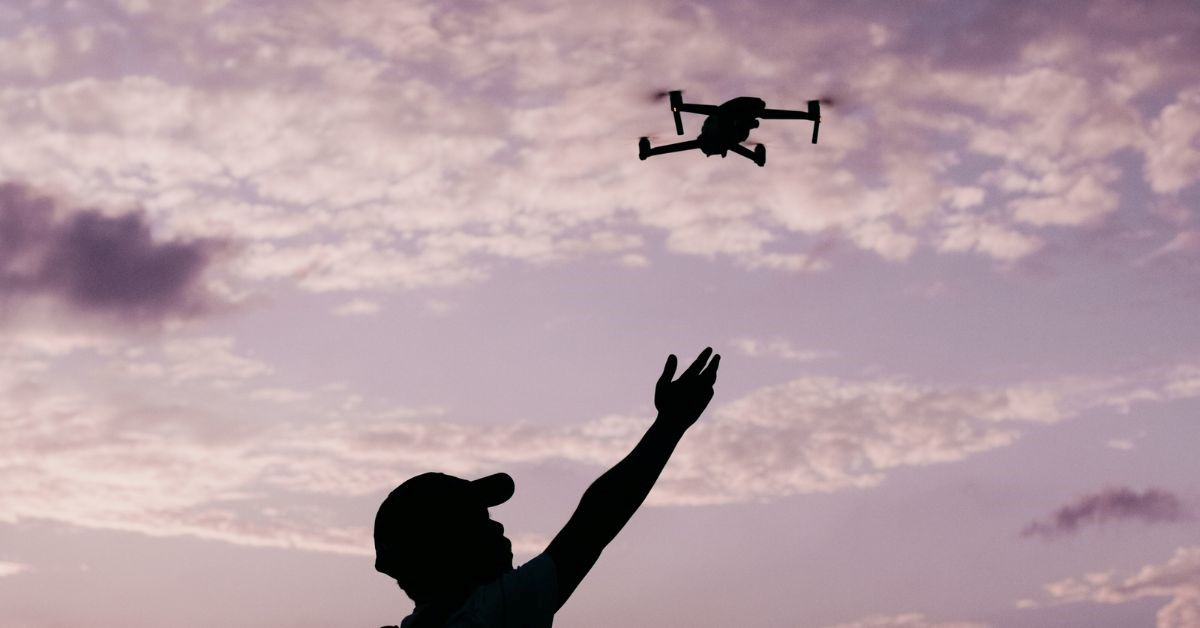3 Methods Drones Can Utilize in Search and Rescue Operations
Search and rescue operations are a subset of public safety and disaster risk management. They often involve finding missing people. In most countries, they fall under the fire department’s responsibilities. These operations often occur after natural disasters, when terrain isn’t always accessible to first responders. They can also take place in environments with little visibility, such as smog or during nighttime. Many public safety departments today are looking to invest in and buy search and rescue drones. Their speed, ease of use, and versatility can be used in many cases to save more lives.
How are Drones Improving Search and Rescue operations?
Search and rescue operations can be complicated. Depending on the time and terrain, they can also be unpredictable. To save time, public safety departments invest heavily in drones. Aside from the drones themselves, many departments are also looking to buy search and rescue drone parts and accessories. These can range from extra sensors to customizable attachments, making them more versatile.
Here’s how drones are improving search and rescue operations around the world.
Faster Speed
Rescue drones for sale can navigate faster than even ground-based vehicles. Additionally, because they can fly, they can access all kinds of hazardous terrain that can slow down search teams.
Improved Communication
Drones carrying loudspeakers can broadcast messages to help missing persons find their location more quickly. Alternatively, drones can also serve as communication relays to coordinate search teams.
Improved Situational Awareness
Drones provide users a cheap way to quickly access aerial data of large swaths of terrain. First responders can use drone data and images to map out search zones faster and find missing persons.
3 Methods Drones Can Utilize in Search and Rescue Operations
With natural disasters commonplace worldwide, first responders and search and rescue teams have become more critical. However, their work has also become more dangerous as a result. More search and rescue teams are looking to buy search and rescue drone models. They can cover more ground, navigate through hazardous terrain, and are cheaper than manned aircraft.
However, a few other things make drones indispensable in search and rescue operations. Here are three methods drones can use:
Thermal Imaging
Thermal or infrared cameras can detect infrared light, otherwise invisible to the naked eye. Many rescue drones for sale use thermal cameras to create images in different shades of color. Usually, these images are often in grayscale, but they can be colorized to denote varying temperatures.
Infrared cameras can detect missing or trapped persons for search and rescue operations. Drones with thermal imaging are often deployed in environments with heavy fog or during nighttime when visibility is low.
Custom Attachments
Drones can be highly versatile pieces of equipment for rescuers and first responders. For example, they can carry loudspeakers to announce their location to missing persons. Additionally, many rescue drone for sale can be used as communications relays for better coordination between search parties. They can do this with an antenna or transmitter that drones can carry while positioned between different parties. By doing so, the signal range effectively increases, essential in environments with unreliable phone signals.
Payload Delivery
Missing persons can be stranded or trapped in hazardous terrain. In many cases, certain types of terrain aren’t immediately accessible for search teams. As a result, missing and trapped persons can be stranded for extended periods. This can be the case with mountaineers since the steep environment can sometimes be inaccessible for rescuers. Drones can carry small packages like emergency supplies online to help missing and trapped persons ensure their survival. These emergency kits can help them stay alive for longer until rescue teams can extract them.
What are the Best Practices in Drone-Assisted Search and Rescue?
There are more processes involved in flying drones in search and rescue operations. Rescuers and first responders need strategic planning to ensure success and save as many lives as possible. They also need to know and apply best practices and utilize technology optimally.
Here are the best practices to remember in drone-assisted search and rescue operations:
Pre-mission Planning
Teams need to conduct pre-mission planning before any search and rescue operation. Many rescue drones for sale can gather real-time data on the area’s geography and weather conditions to identify potential challenges.
Integration with Traditional Models
Integrating drones with traditional search and rescue models can greatly increase the success of any rescue operation. Teams need to know how to implement conventional and drone-assisted methods for water and ground environments.
Training
While they can be versatile, drones are only as effective as their operators. Regular training and practice sessions are essential to ensure that drone pilots can fly in all kinds of conditions.
Regulations
Countries have different regulations and laws regarding drone use for all kinds of operations. Before rescue teams can buy search and rescue drone models, they must comply with said regulations.
The Bottom Line
Search and rescue teams often encounter high-risk situations to save missing and trapped persons. With factors like time and terrain, speed and efficiency are crucial to every successful mission. Taking your time to buy search and rescue drones is critical as this might significantly impact the outcome of your operations.
Ensuring success requires adequate training and pre-planning, which often needs accurate data. Many challenges often involve planning the safest approach to rescue victims, especially during earthquakes. As a result, many search and rescue teams are looking to buy search and rescue drone models. They not only cover more ground faster, but they can navigate through hazardous terrain and are cheaper than manned aircraft.
Contact Us
Thank you for your message. It has been sent.
Latest Posts
Social Profiles
















